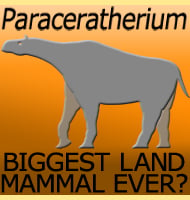Metaliomys
In Depth Metaliomys is a genus of rodent that lived in the USA during the Late Miocene. Further Reading - Rodents and lagomorphs (Mammalia) from the Hemphillian (Late Miocene) of Utah. - Journal of Vertebrate Paleontology 30(1):226-235. - W. W. Korth & D. D. De Blieux - 2010.
